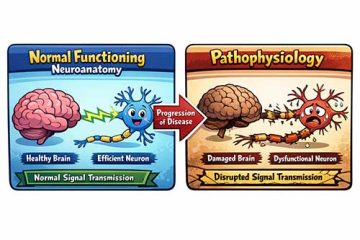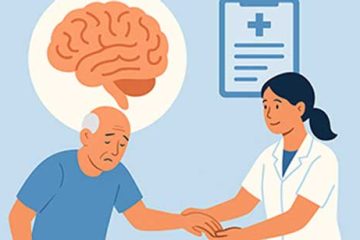One of the most challenging aspects of managing post-stroke hypertonicity in individuals is isolated motor control. The online course “Stroke – Understanding Etiology and Developing Evidence-Based Pathways to Achieve Functional Outcomes” provides comprehensive functional solutions to identify effective rehabilitation strategies for post-stroke functional challenges.
Hypertonicity Management
When working from a motor control standpoint, we want to ensure that we’re focusing on the correct movement.
One of the cornerstones for working on motor control initially is weight bearing. Weight-bearing with good proper biomechanical alignment not only decreases hypertonicity but it also is the cornerstone for motor control, so that’s a great place to start.
We want to make sure that, from a strengthening standpoint, we’re focusing on eccentric muscle strengthening.
Should you strengthen individuals who are post-stroke and have hypertonicity? The research came out with Pak and Patten in 2008, and the evidence in my opinion finally caught up with what we’re doing in the clinic. “Despite limited long-term follow-up data, there is evidence that resistance training produces increased strength, gait speed, and functional outcomes and improved quality of life without exacerbation of spasticity.”1
When we’re talking about strengthening, we need to identify the importance of the trunk.
Enhance Your Rehab Skills in Managing Hypertonicity
Unlock a comprehensive library of online courses with Healthclick and gain expert insights from leading rehab educators and clinicians on managing post-stroke functional deficits.
Learn More about this topic in the Healthclick Online Subscription or the online course, Stroke – Understanding Etiology and Developing Evidence-Based Pathways to Achieve Functional Outcomes

Coming soon to the online subscription: The Neuro Series, sign up for newsletter updates on new courses.
References for Managing Post Stroke Hypertonicity
- Pak S, Patten C. Strengthening to promote functional recovery poststroke: an evidence-based review. Top Stroke Rehabil. 2008 May-Jun;15(3):177-99. doi: 10.1310/tsr1503-177. PMID: 18647724.
- Shahid J, Kashif A, Shahid MK. A Comprehensive Review of Physical Therapy Interventions for Stroke Rehabilitation: Impairment-Based Approaches and Functional Goals. Brain Sciences. 2023; 13(5):717.
- Suputtitada A, Chatromyen S, Chen CPC, Simpson DM. Best Practice Guidelines for the Management of Patients with Post-Stroke Spasticity: A Modified Scoping Review. Toxins. 2024; 16(2):98.
- O’Flaherty D, Ali K. Recommendations for Upper Limb Motor Recovery: An Overview of the UK and European Rehabilitation after Stroke Guidelines (2023). Healthcare (Basel). 2024 Jul 18;12(14):1433. doi: 10.3390/healthcare12141433. PMID: 39057576; PMCID: PMC11276617.


